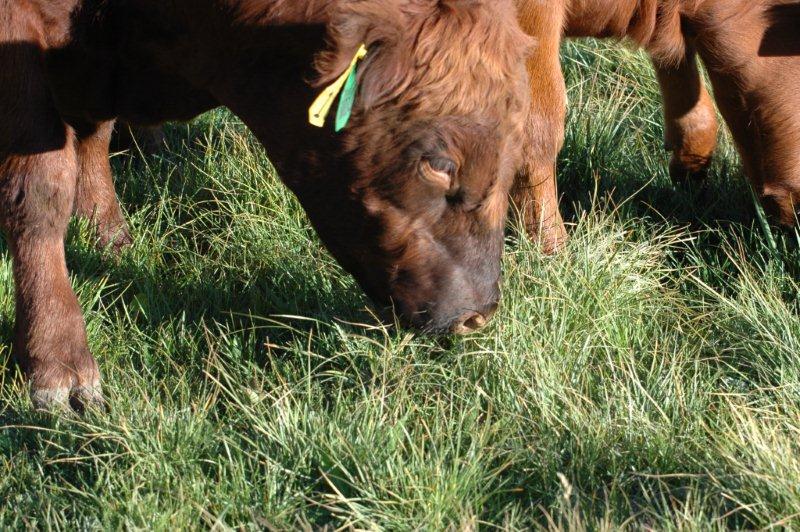Use The Grazing Response Index To Evaluate Pasture Health
With much of cattle country still gripped in drought, evaluating pasture health this spring is critical.

One of the fundamental rules of thumb in pasture management is “take half and leave half.” “The problem is,” says Tim Steffens, Texas AgriLife Extension Service rangeland specialist in Canyon, TX, “the cows did not read the book.”
Cows, being cows, take the best half and leave the rest alone. And that means, Steffens says, you can be conservatively stocked and still overgraze a pasture.
The question is, how do you know? Steffens says there’s an easy and simple way to eyeball a pasture and get a sense of how well it’s doing. The system isn’t meant to replace more long-term analytical tools, like transect lines and monitoring exclosures, but it’s a useful tool to help you make short-term assessments and rotational grazing decisions.
Called the Grazing Response Index, it uses three concepts related to plant health—frequency of defoliation, intensity of defoliation and the opportunity for the plant to regrow after being grazed. The index uses a +1, 0 or -1 scoring system.
“For frequency of defoliation, if you’ve had zero or one defoliation in a growing season, that’s a +1,” Steffens says. “If you’ve got two, that’s a 0. If you’ve got more than two, that’s a -1.”
Intensity of defoliation, he says, is how much is taken. But be careful in your evaluation. “You don’t want to get wrapped around the axle. I have watched grown men argue about whether a plant is 35% defoliated or just 30%. And neither one of them knew.”
But, he says, you can look at a plant and say it’s been grazed too tight. So, lightly grazed is a +1, moderate is a 0, and severe scores a -1.
Opportunity for Growth
Then score the opportunity for growth before grazing or regrowth afterwards. “What we’re talking about is did the plant grow a full complement of leaves?” Steffens says. “Basically, if it hasn’t been grazed, that’s a +2. If the cows got most of it, that’s a +1. If the plants are surviving but it’s not all that spiffy, it’s a 0. Then a -1 or a -2.”
Add your three scores for the pasture. “If it’s a positive number, things are probably getting better,” he says. “If you’ve got a negative number, things are probably getting worse.”
But don’t despair if the score isn’t good. “I’ve never known anybody to get all positive numbers in every pasture,” he says. “So the secret is, if you’ve got a negative number in a pasture this year, make sure it doesn’t happen next year. Don’t be in the same place the same time every year.”
To accomplish that may require you to plant fence posts and pipelines, he says. “You’ve got to have the infrastructure to make the animals go where you want them to go and stay away from where you want them to stay away from,” he says.
“If all you’ve got is one big pasture, you’ve got one tool—stocking rate. If you’ve got more than one pasture and adequate water to carry the animals, you can affect when they’re there, how long they’re there, how long they’re gone, where they go when they get there, and stocking rate.”
Other tools to more evenly distribute grazing pressure are salt and mineral stations, lick tubs and conditioning cows to eat less desirable plants.
“This ain’t rocket science,” Steffens says. “It’s a lot harder. It’s simpler, but it’s harder. Rocket scientists, everything is in a vacuum. They send it out there and it goes where they want it to go. With this, we’ve got a whole bunch of balls we need to keep in the air.”
You Might Also Like:
How Should Ag Respond to Chipotle's Negative Campaigns?
Enjoy a Laugh on Us! 20 Dick Stubler Ranch Life Cartoons
NEW Photo Gallery: New Mower/Conditioners for 2014
10 New Farm Trucks to Consider for 2014
About the Author(s)
You May Also Like



